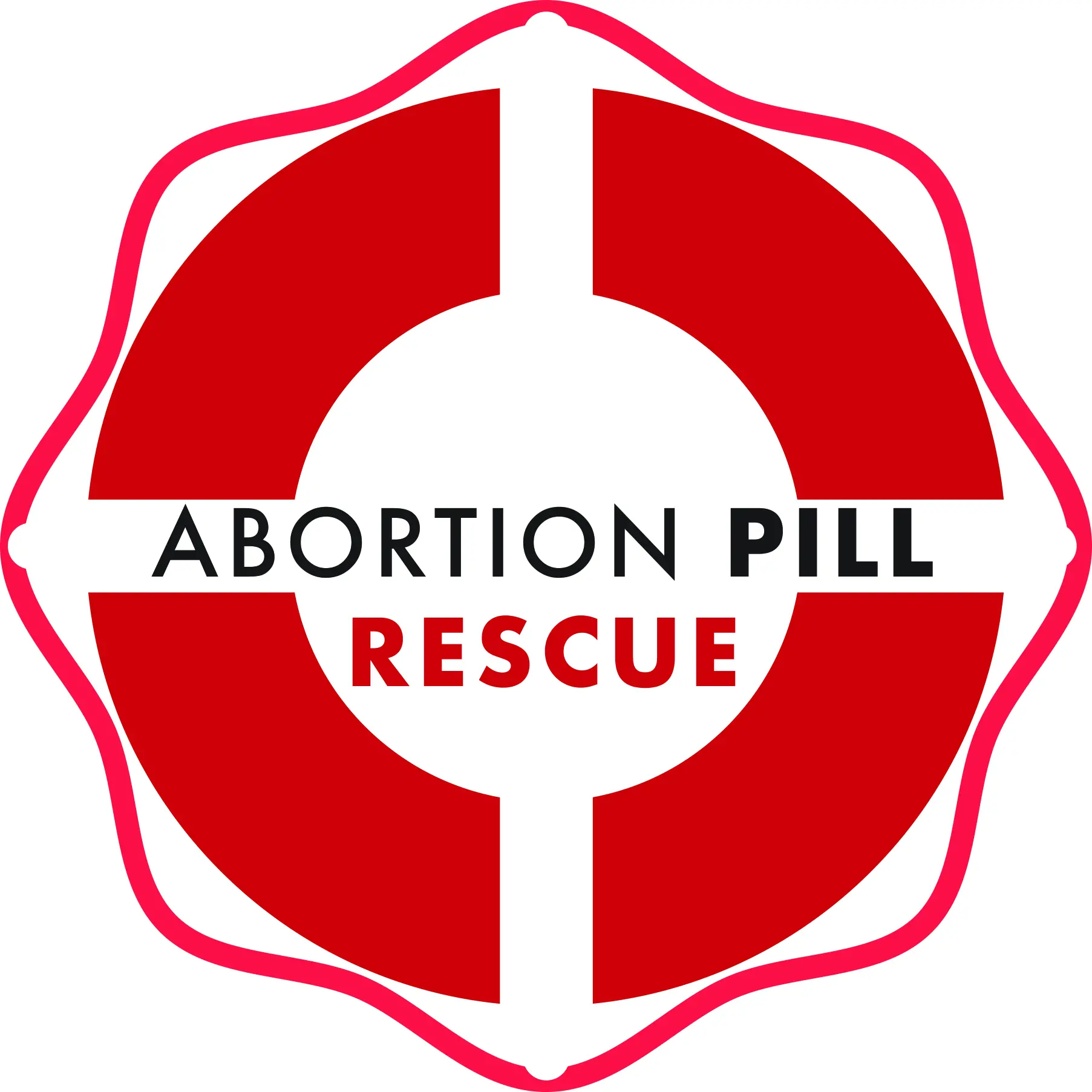Treatment of medically-induced threatened miscarriage
If a patient presents with threatened miscarriage, we have two suggested protocols to reduce the risk of losing the pregnancy. You may consider following either protocol A or B.
Protocol A
Cyclogest (progesterone) pessaries 400mg pv/pr
- TWO – One vaginal AND one rectal immediately, repeat after 4 hours and 4 hours later again
- One – Four times daily x 2 days
- One – three times daily x 5 days
- One – two times daily x 5 days
- once daily x thereafter until 16 weeks gestation (4 weeks minimum IF after 16 weeks)
Protocol B
Utrogestan Oral (micronized progesterone) 400mg
- Oral 400mg (100mg X 4) immediately
- 400mg (100mg X 4) twice daily x 3 days
- 400mg (100mg X 4) nightly until 16 weeks (4 weeks minimum IF after 16 weeks)
Published studies confirm the risk of miscarriage is higher when serum progesterone levels are low(1). Some studies show a favourable trend in reducing the risk of threatened miscarriage(2). A Cochrane review of progesterone treatment in August 2018 shows “it is probably effective in reducing the risk of threatened miscarriage3.”
Cyclogest is bio-identical progesterone – the exact hormone that should be in a woman’s body during pregnancy. We are replacing like with like, so it is highly unlikely to have any adverse effects for either the woman or her baby. Fertility clinics have safely prescribed progesterone in pregnancy for over 30 years. Generally, if a woman is bleeding early in pregnancy this is a threatened miscarriage and worth treating with progesterone.
We now have a new category of threatened miscarriage caused by taking medications to deliberately induce a medical abortion. The most common medications prescribed for medical termination of pregnancy are Mifepristone (RU486) a progesterone receptor antagonist, followed by a prostaglandin, misoprostol, 1 to 2 days later.
If a woman changes her mind and wishes to keep the pregnancy after taking mifepristone, but she has not yet taken misoprostol we can give progesterone treatment. This competes with mifepristone to re-activate the blocked progesterone receptors and rescue the pregnancy.
Dr Delgado and colleagues in the USA have given progesterone treatment for this category of threatened miscarriage and have found it to be safe and effective treatment4. Up to 68% of pregnancies continued after taking progesterone treatment. No excess birth defects were identified in the study group as would be expected from either mifepristone or progesterone. Up to 2021 in the USA, over 2000 babies have been born after reversing the effects of mifepristone by treatment with progesterone.
The key to achieving a successful pregnancy is to give a high dose of progesterone as quickly as possible after a woman has changed her mind and wants to keep the pregnancy. Think of it like thrombolysis for a thrombotic event in the heart or brain – the quicker and more decisively you act, the more likely it is to reverse the progesterone blocking effect and achieve success. If you are beyond 72 hours, progesterone is less likely to be effective.
Key points to document in Clinical Practice
- Dates
- LMP to calculate weeks and days gestation today and EDD.
- When was mifepristone taken – time and date, how many hours ago?
- Pregnancy history – Gravida, Para, previous pregnancies and outcomes
- Advise woman to have a pregnancy scan to assess viability and exclude ectopic (1% incidence as expected in normal population)
- Consent
- For this novel treatment
- For research so we can use her anonymous data to assess the effectiveness of progesterone treatment for this category of threatened miscarriage.
- For follow up of pregnancy and birth details
- Consent should preferably be obtained in writing. However, verbal consent is acceptable providing this is carefully documented.
- Doctor should phone patients nearest pharmacy to ensure she can obtain progesterone quickly and send script via health mail, email, photo or fax of signed prescription.
- Offer the mother follow up and support regardless of the outcome of APR.
REFERENCES
- Lek SM, Ku CW, Allen JC Jr, et al. Validation of serum progesterone <35nmol/L as a predictor of miscarriage among women with threatened miscarriage. BMC Pregnancy Childbirth. 2017;17(1):78. Published 2017 Mar 6. doi:10.1186/s12884-017-1261-4
- Yassaee F, Shekarriz-Foumani R, Afsari S, Fallahian M. The effect of progesterone suppositories on threatened abortion: a randomized clinical trial. J Reprod Infertil. 2014 Jul;15(3):147-51. PMID: 25202672; PMCID: PMC4138421.
- Wahabi HA, Fayed AA, Esmaeil SA, Bahkali KH. Progestogen for treating threatened miscarriage. Cochrane Database Syst Rev. 2018;8(8):CD005943. Published 2018 Aug 6. doi:10.1002/14651858.CD005943.pub5
- Delgado G, Condly SJ, Davenport M, et al. A case series detailing the successful reversal of the effects of mifepristone using progesterone. Issues Law Med. 2018;33(1):21–31.
